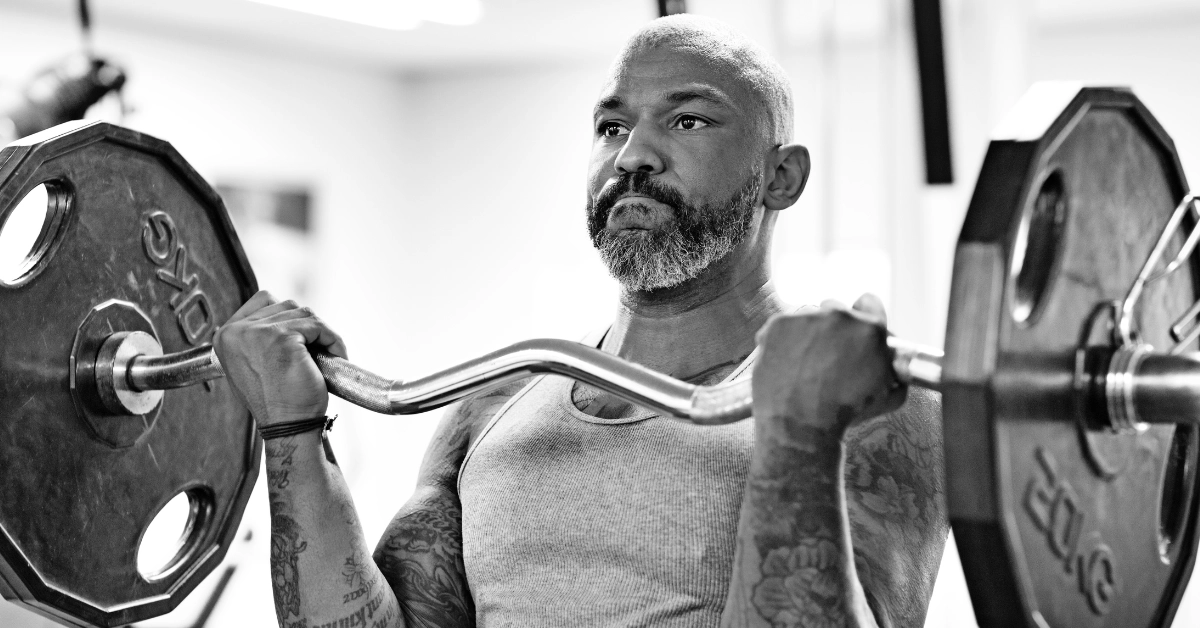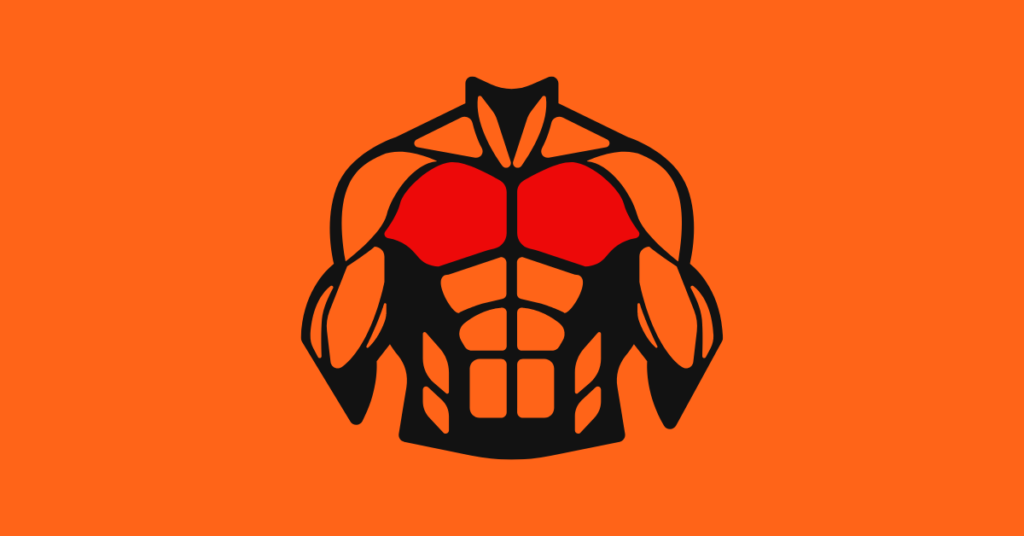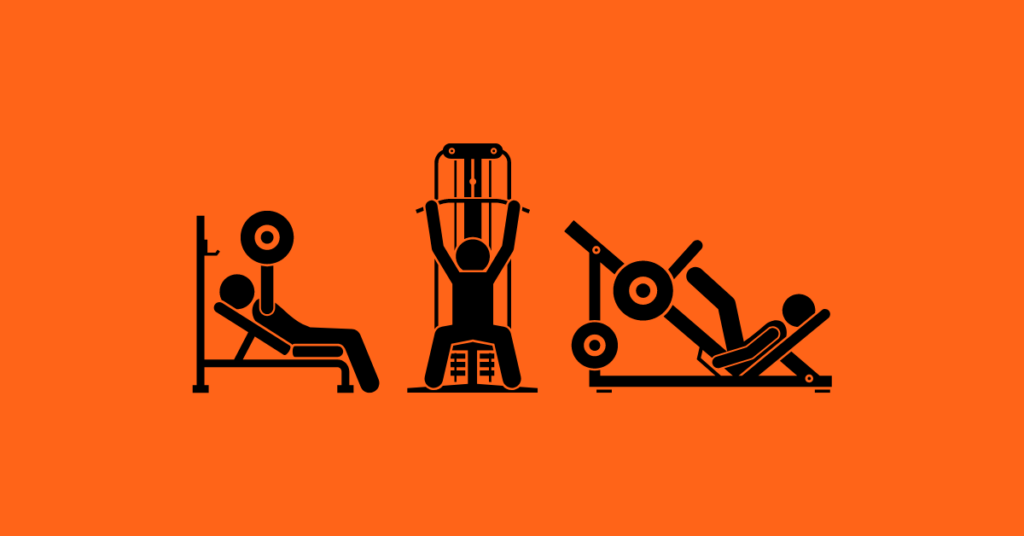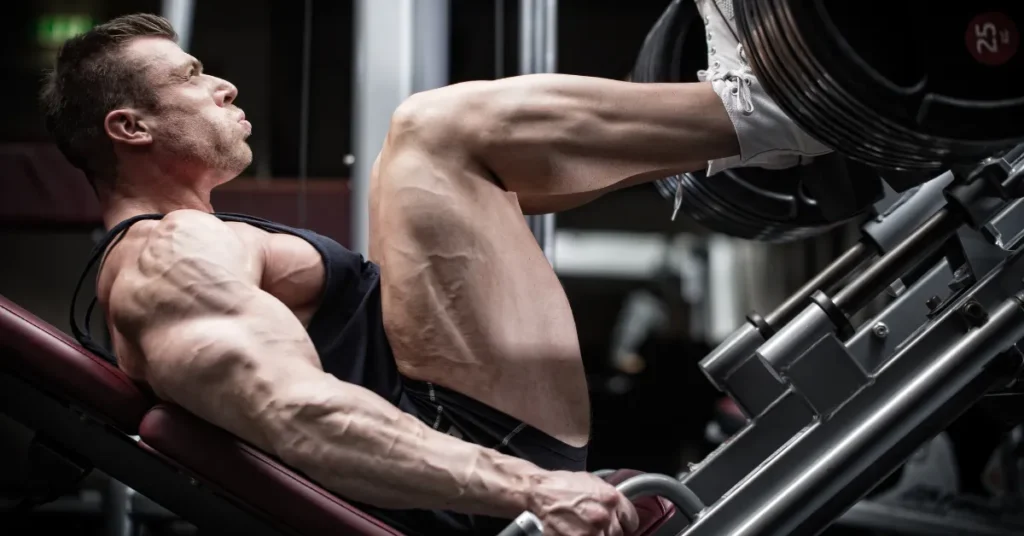Building Muscle after 40: 9 Important Factors
Building muscle after 40 and beyond is not so different from building muscle at any age, and the fundamentals of training and nutrition are still the most important things to focus on and apply. However, things do change a little as we get older, and so we need to be a little smarter with our training and lifestyle strategies if we are looking to achieve the best results possible.
Depending on your training history and level of advancement, you may see benefits from applying more or less of the things mentioned in this article. If we have done things right many of us will feel great in our 40’s and may be in the best shape of our lives, therefore, many of the things mentioned in this article may be more applicable in our 50’s and beyond.
smart exercise selection
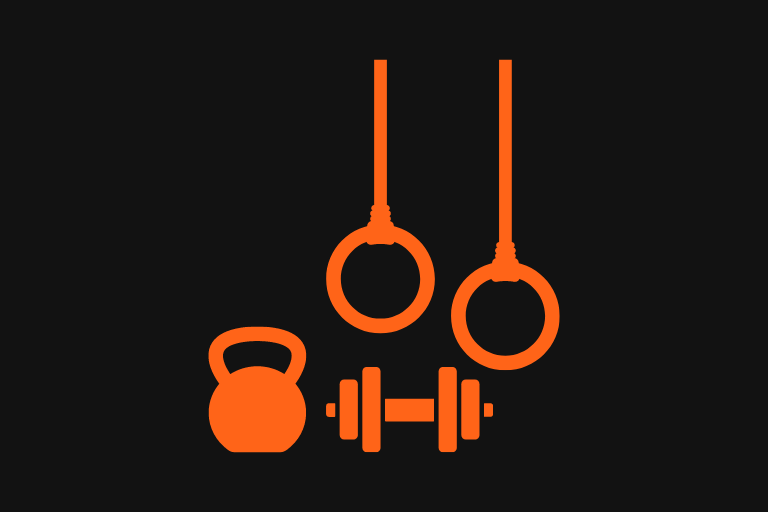
Exercise selection is important at any age, and to build muscle after 40 we must be able to train pain-free. Progressive overload is required for effective muscle growth and choosing exercises we can perform at a high enough intensity and progress with safely is vital. When we are younger we can get away with choosing less than ideal exercises that may not be the best fit for us, and we can even get away with less than perfect form.
Here are some simple strategies that you can start to implement in your training to help you build muscle after 40:
avoid exercises that cause joint pain or discomfort
This is an obvious one and this should be a given at any age, even more so as we get older. The problem here is that we can often get ‘married’ to certain exercises that have served us well in the past, they may even have been the exercises that have contributed to the physique we have built. We then find it hard to drop these exercises, believing they are superior to other exercises, and continue to use them when they may not be the best option anymore.
If an exercise is causing you any degree of joint pain or discomfort, and it does not feel quite right, or the way it used to, it may be a good idea to swap it out for a similar exercise. We will likely be lifting heavier weights at this stage of our lifting career, placing more stress on the joints and connective tissue compared to when we were younger, so a less than ideal exercise may be an injury waiting to happen.
Perform more Dumbbell work
Performing more dumbbell work as we get older is a good idea. Using dumbbells allows for greater freedom of movement compared to using equipment such as barbells. Dumbbells allow our joints to rotate freely as they need to, and exercises can be performed and modified to our unique body structure and limitations.
use specialty Bars
Using specialty bars such as the Swiss bar or the SSB bar (safety bar) can be a great alternative to using straight bars. The Swiss bar allows you to perform pressing or pulling movements with a more neutral grip position which can be easier on the shoulders. The SSB bar can be a great alternative to squatting with a barbell as it allows for a more comfortable position for the shoulders.
modify your overhead presses
One of the biggest limitations for many people, especially as we age is shoulder and thoracic (upper back) mobility, and this can be problematic when pressing overhead. A simple solution to this is to use a slight decline for our seated overhead presses. This allows for the weight to be pressed directly overhead with reduced shoulder mobility. Anywhere from 75 down to 60 degrees depending on your mobility level is a good option. Single arm presses using a dumbbell or kettlebell can also be a great option, as these allow for a little more torso movement as we press.
reconsider deadlifting from the floor
Deadlifting from the floor using a barbell may not be the smartest exercise to perform, particularly if you are strong and are pulling a lot of weight. We are not saying that you should not deadlift, however, if you are a little older, the deadlift may be taking more from you than it is giving, in terms of recovery, and may not have the best stimulus to fatigue ratio (SFR), at least if hypertrophy is your main goal. Performing less stressful exercises such as the Romanian deadlift or stiff-legged deadlift will give a greater stimulus for the hamstrings without causing as much systemic fatigue.
Another good option would be pulling from a slightly higher position using blocks or the pins in a power rack. This can make the deadlift slightly less fatiguing and can also be helpful for people with limited mobility who struggle to pull from the floor with perfect form and can help prevent a possible injury. Injuries are more likely as we age especially if we are strong, and an injury can take longer to recover from in our 40’s and beyond.
If you want to perform some work from the floor, using equipment such as the trap bar will take some pressure off the lower back, since we can keep a slightly more upright torso position and the weight is more central compared to using a barbell where the weight is more out in front of the body. The trap bar is also easier for people with limited mobility as we can grip the bar from a higher position and use a neutral grip. For these reasons, as with pulling from blocks or pins, the trap bar is also a little less fatiguing than pulling from the floor with a barbell, and there may also be less risk of injury.
use rings and suspension trainers
Using rings or suspension trainers for bodyweight exercises such as pull ups, chin ups, rack pull ups and chin ups, and inverted rows, is a good idea. Similar to dumbells, rings and suspension trainers allow your joints to move freely, allowing you to perform some of your weekly volume in a joint-friendly way. Another great option is angles 90 grips.
use machines
Using machines that fit you well and hit the target muscle effectively is important at any age if we are looking to maximize hypertrophy (building muscle) and this can be even more important in our 40’s and beyond. A good machine will allow you to stimulate a muscle effectively, and cause less systemic fatigue compared to free weights. This is important because it allows us to perform adequate volume working at a high intensity without causing excessive fatigue. Recovery capacity will be somewhat reduced as we get older, we may also be busier, and will likely have more stress than we did in our younger years, all of which affect our recovery.
use bands and chains
It may be worth experimenting with bands and chains on some exercises, at least some of the time. Bands and chains can deload a lift at certain parts of the movement which can make some exercises more effective and can also take some stress off the joints in their most vulnerable position.
For example, using chains when squatting will reduce some of the weight at the bottom of the lift where it is more challenging, and will also take some pressure off the knee. Towards the top of the movement where it is easier, the weight will increase as less of the chains are in contact with the floor. This can be a great option if you have any knee issues or have a history of knee injuries.
Use squat wedges
We find using squat wedges useful and often necessary for most people, particularly older individuals. Squat wedges can improve squat form by taking out the limitations of poor ankle mobility. When the heels are raised most people’s squat form will improve instantly, allowing for a greater range of motion, while allowing them to keep a more upright torso position. This can take some pressure off the lower back, and the increased range of motion and depth they can achieve will allow them to place more tension on the quads using a lighter weight, improving SFR.
exercise sequencing
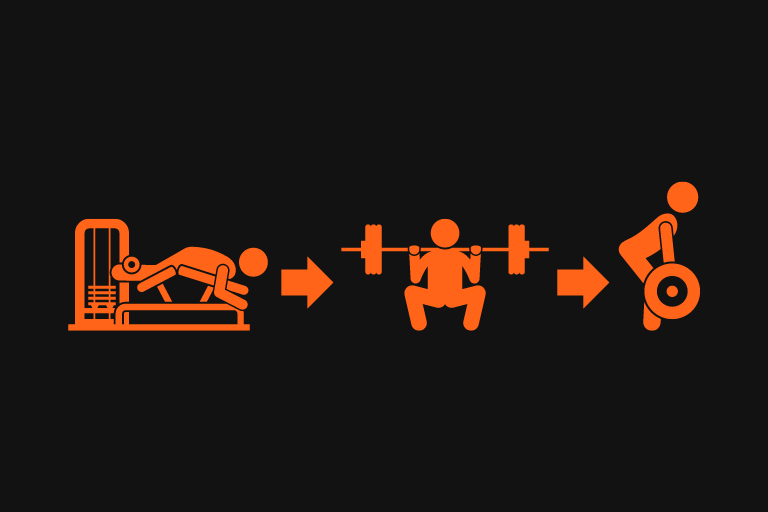
As we get a little older some exercises may not feel quite the same as they once did. Even with a good warm-up, some exercises may take more time to get into and perform at our best, compared to when we were in our 20’s or 30’s. This is where exercise sequencing comes in, and this can be a game changer to how certain exercises feel. As the name suggests, exercise sequencing involves performing exercises in a specific sequence, and this can be beneficial when building muscle after 40.
lower body days
Lower body days may be the most important to focus on when thinking about exercise sequencing as we get older. An effective way to do this on lower body days is to perform some isolation movements at the beginning of a workout, and even compound movements such as single-leg exercises, before your main compound lifts such as squats or deadlifts. This is opposite to what is typically recommended, where the bigger compound lifts are performed at the beginning of a training session.
The advantage of this is that when we get to the more demanding lifts we will be fully warmed up, and our nervous system will also be primed. We will be a little more fatigued, however, this is not necessarily a bad thing, as we can then use a little less weight on our big movements, while still working at the correct intensity to build muscle. That’s a win-win situation for our joints and the amount of fatigue the exercise produces, even though we will be a little weaker, compared to if we had performed our main lifts fresh.
Here is a great sequence I often use myself and have used with older clients over the years. On a lower body day start with an isolation movement for the hamstrings, the best options being a seated hamstring curl or lying hamstring curl machine. Working your hamstrings first will not affect your performance in your quad-dominant movements such as the squat, and the nice pump in your hamstrings will even make your squats feel better.
Depending on the client, and if I’m training myself, how I am feeling that day, I will often perform my single leg work next such as the Bulgarian split squat, before moving onto a compound squatting movement, whether this is a machine or a free weight exercise. By this point, my lower body is fully warmed up, and I have a nice pump in my legs, resulting in my squat movement feeling a lot better than if I had performed it at the beginning of a session.
Of course, you would perform a general warm-up as well as warm-up sets at the beginning of a session, but nothing warms you up as much as performing some real working sets, in my experience anyway, although it may be different for you. If you are mainly performing quad work on this day, you can focus on some quality high-intensity sets for your main squat pattern as it’s likely your last compound movement of the day which can also be an advantage.
If I am performing a hip hinge pattern on this day such as a Romanian deadlift I will typically perform these towards the end of a session after my quad work, depending on what my priority movements or muscle groups are. Your quad work will not affect your hip hinge movements to a large degree, and you will have had some rest time since performing your isolation hamstring work at the beginning of the session.
Upper Body Days
Most people find exercise sequencing to be more important for lower body days, however, we can still use exercise sequencing on upper body days if needed. If you are using a push pull legs split, and you still want to perform some barbell exercises on your push day, you can place them later in your training session. Performing some more joint friendly movements first, such as dumbbell presses, or even body weight movements, will ensure you are fully warmed up, and should make your barbell work feel better.
As with lower body days, performing barbell work later in the session will likely mean you are not quite as strong, however, the benefits are the same, allowing you to use less weight on heavy barbell exercises such as the barbell bench press. Overhead presses are typically performed after horizontal presses, and this should remain the same for most people, as the shoulders are already warmed up well from our horizontal presses.
On pull days I have found that some older clients feel better performing their horizontal pulls (rows) targeting the upper back, at the beginning of a pull day to ensure they are fully warmed up for verticle pulls, especially if they are going to be performing pull-ups or chin-ups. When the arms are overhead the shoulders can be in a more risky position, depending on the individual. Performing exercises such as rack pulls after exercises such as rows and pull-downs can also be a great idea, rather than performing them at the beginning of a workout.
training volume and frequency
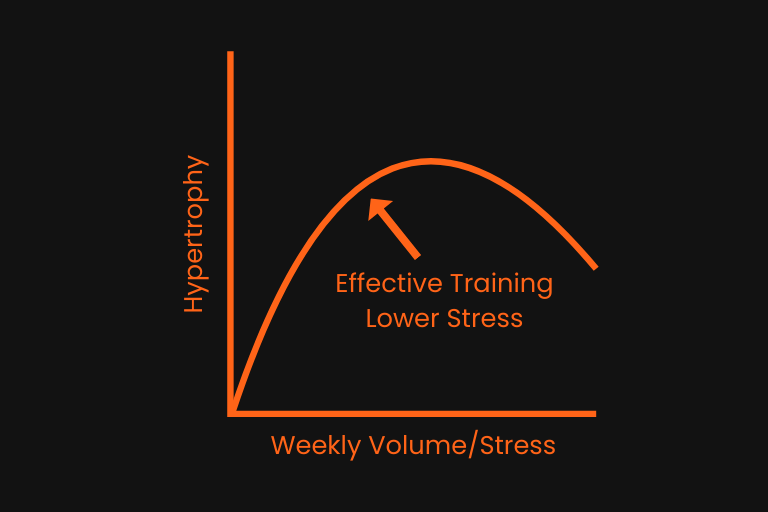
Training volume and frequency may need to be adjusted somewhat for building muscle after 40. What we needed to make progress on and were able to recover from In our 20’s and 30’s, may be different in our 40’s and beyond.
The interesting thing about volume is that we may need less as we get older. As a beginner and early intermediate, we can progress on relatively low amounts of weekly volume. As we progress we may need to perform more volume to maximize hypertrophy (building muscle), however, as we become more advanced, we are lifting more weight, and our exercise execution becomes better, we can get more out of each set, and so may be able to progress on lower volume.
Perform the minimum effective dose
Performing the minimum effective dose for training volume is a great idea at any age, as this can lead to greater recovery, and can align our training with the busy modern lifestyle, leading to greater adherence and therefore results over time. This is even more important when building muscle after 40, especially since we will likely have less time available to train, more responsibilities, and potentially more stress. We may also have other priorities in our lives, therefore, if we can make progress on less work, this is a great thing.
If your past training has been productive you may have built the majority or all of the muscle you will likely build, and so performing excess amounts of volume, for a small potential benefit or possibly none at all is probably not a good idea. You may also be happy with your physique, meaning you can maintain what you have built on a fairly small amount of weekly volume. As little as 6-8 hard working sets for each muscle group per week may be enough for some advanced individuals to maintain or even build muscle after 40 if they are working at a high enough intensity.
With that said, effective training volume should always be based on the individual. Testing your volume ranges out, and making adjustments based on your results and your recovery is always the best course of action.
experiment with training frequency
How often you train a muscle group may change when building muscle after 40. For the majority of people, training a muscle group twice per week is the sweet spot, and this is perfectly fine to do into your 40’s, and this is the frequency I still make the best progress on at 43. However, some more advanced individuals, especially if they are strong and/or have some joint issues may benefit from a slightly lower training frequency. Training a muscle group every 4-5 days can work great for some individuals and can be beneficial for muscle recovery and joint health. Some individuals will even make great progress on a once-per-week training frequency.
training splits
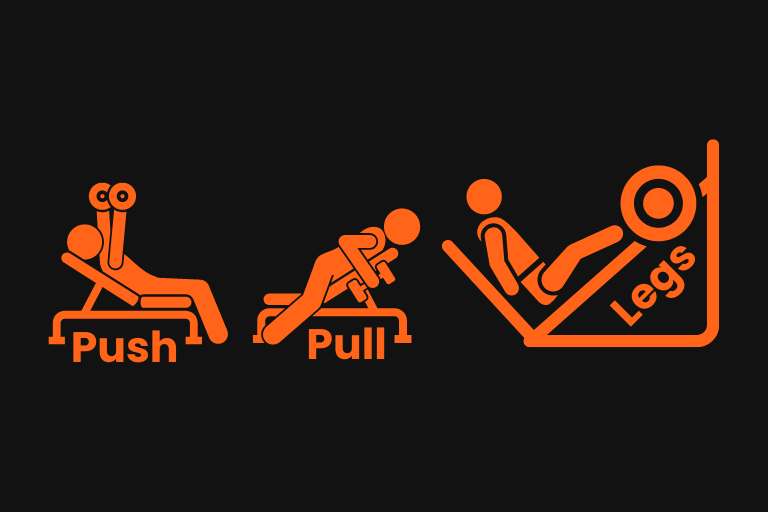
The training split you have used in the past and have made great progress on may not be the best option for you when looking to build muscle after 40. If you are finding your workouts a little harder than you used to, you find they are harder to recover from, or you simply do not enjoy them as much as before, it could be time to experiment with a different training split.
For example, I have found that I do not enjoy the upper lower body split as much as I used to. It feels like a lot of work on my upper body days, and I tend to gravitate more towards a push pull legs split now. This also works better for exercise sequencing since we are working with related muscle groups in the same session. I find a lot of guys in their 40’s and 50’s enjoy a 4 day per week push pull legs split, with a lower training frequency.
Training 4 days a week, rotating through a 6 day A B workout schedule, means we are hitting each muscle group once every 4-5 days. This can be a great training frequency for building muscle after 40.
Repetition ranges
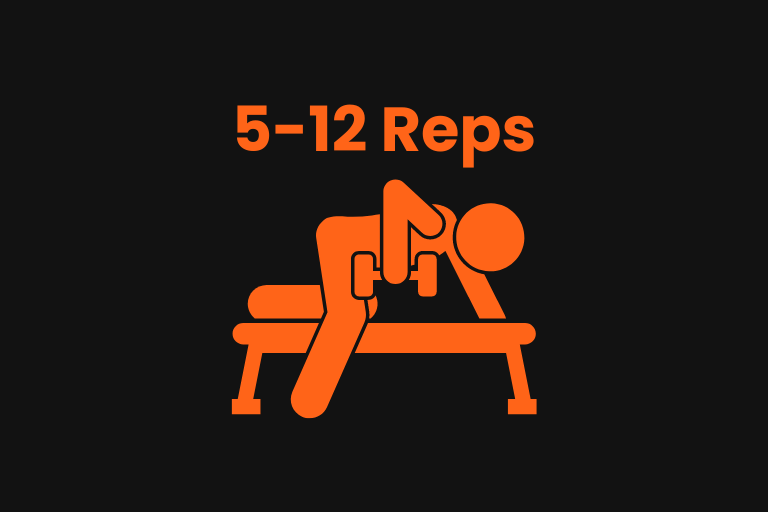
We can build muscle in a wide range of repetition ranges, and anywhere from 5 up to 30 reps can be effective, although certain ranges are more practical in the real world. For building muscle after 40, we do not need to perform super heavy lifts under 5 reps, at least for the majority of our exercises. Like many other things in fitness, this will depend somewhat on the individual, their history, including injuries, as well as how strong they are. Heavier weights will place more stress on the joints and connective tissue, so this is something to think about, especially if we want to continue training into our 50’s and beyond.
We find that performing main compound lifts in the 5-8 rep range is a good recommendation for most individuals depending on the exercise and how it feels. Some exercises may feel a little better in the 8-12 rep range. These medium repetition ranges, particularly the 5-8 give a nice balance of strength progression and volume, and ranges such as 5-8 are less fatiguing than higher rep ranges, the opposite of what many people believe. Isolation moves are far less fatiguing than compound lifts and a wider range can be used, depending on what the individual enjoys and how the exercise feels.
deload and rest weeks
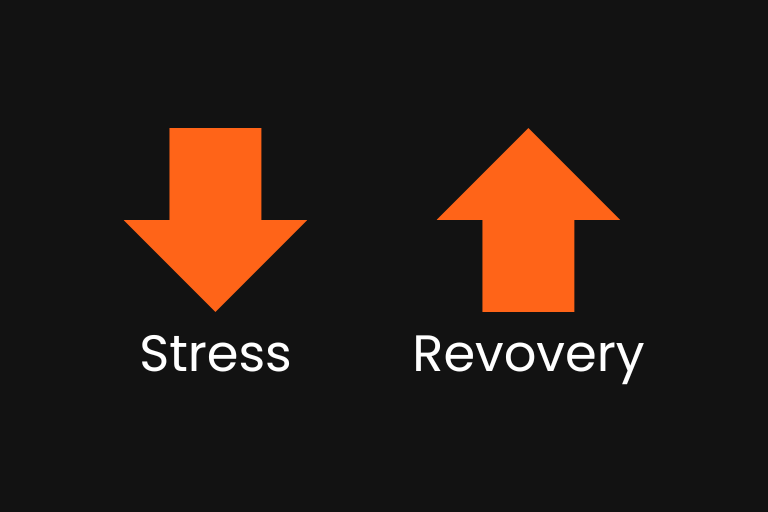
Over the last few years, there has been much debate as to whether deload and rest weeks are required for pure hypertrophy training. If we are performing a relatively low amount of weekly volume we may not feel we need deload or rest weeks, in terms of benefits such as reducing systemic fatigue, however, using a deload week or even taking a whole week off from the gym could be beneficial for joint and connective tissue health, more so in our 40’s and beyond.
We think it is probably a good idea to deload, we prefer a total rest week, every 8-12 weeks. Some self-experimentation will be required here, to see how often you need to take a rest week or if you even need one at all. A longer period of 2-4 weeks can be used once per year, to let any niggles you may have accumulated heal, and give your joints and connective tissue a full recovery period. Timing this with holiday periods is a great idea.
exercise rotation
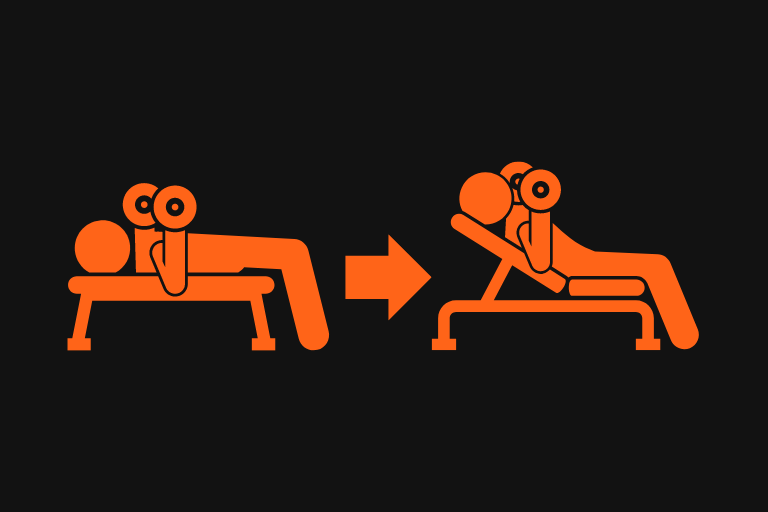
There are not an unlimited amount of great exercises, and you may have found 3-5 exercises for a specific muscle group that work great for you, you enjoy, and allow you to progress well. You may also only have access to a few good options, depending on where you train. If this is the case it is probably a good idea to rotate through these throughout the year, rather than keeping all of them in your program at the same time.
Even exercises that do not cause you any joint pain or discomfort initially may cause some problems if you are performing them for the whole year, simply because you are stressing your connective tissue in the same way repeatedly. Sometimes a change of exercise is also required to make progress. Even changing an exercise only slightly can be a good idea, such as switching from a flat dumbbell bench press to an incline dumbbell press.
If you are still performing less joint-friendly movements such as the barbell bench press, exercise rotation may be a way to negate any potential issues in the future. Having periods within the year when you perform barbell work, and periods when you remove barbell work completely can be a great idea. You can also switch grip widths throughout the year if performing barbell lifts to place a slightly different stress on the joints and connective tissue, compared to performing the same movement with the same grip width for the whole year.
Cardio
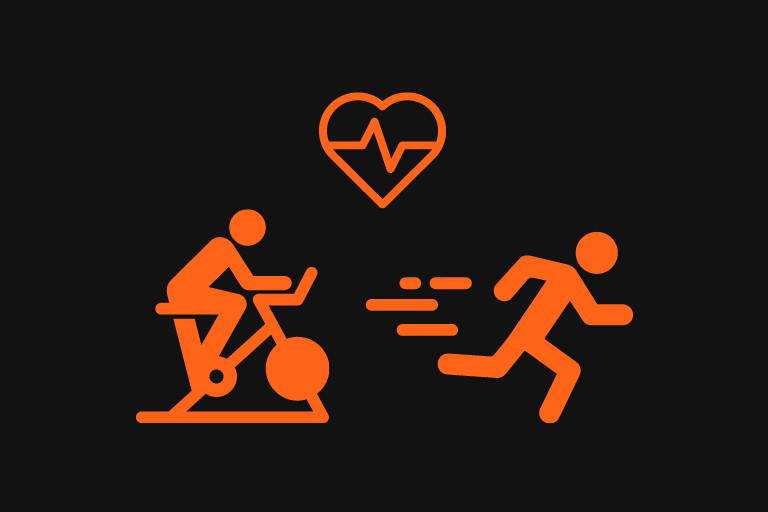
We believe having a good base of cardiovascular fitness is important even when our main goal is building muscle, and this is likely even more important for building muscle after 40. Having a decent base of cardiovascular fitness can improve our work capacity in the gym and can also help with recovery from strength training. It is also important for our overall health, which is something to take seriously as we age.
perform zone 2 cardio
Zone 2 cardio is a good intensity to work at, especially in our 40’s and beyond, as it is not overly stressful on the body and should not negatively affect recovery from strength training, it may even improve it. Performing zone 2 cardio as little as 2-3 times per week for 25-30 minutes will improve your cardiovascular health and fitness.
You can perform zone 2 cardio after your strength training or on separate days. Another option is to perform your cardio on the same day as your strength training separated by at least 6 hours. A popular way to do this is to perform your cardio first thing in the morning fasted. Fasted cardio can be a useful strategy although it may not be best for everyone. We often recommend semi-fasted cardio if you want to perform cardio first thing in the morning.
do not perform too much cardio
As with strength training, we do not want to perform too much cardio, even if it is zone 2 cardio. We can use the same mindset as we do with our strength training, aiming to perform the minimal effective dose that still delivers all the benefits of cardiovascular health and fitness we are looking for. Of course, if you have sporting or performance-based goals you will likely need to do more.
use high-intensity cardio wisely
Zone 2 cardio should be our base of cardiovascular training, however, we can still, and we probably should perform some high-intensity cardio. High-intensity cardio has other benefits compared to zone 2 cardio, such as hormonal health, and has a positive effect on testosterone, which is important for men as they get older. Since high-intensity cardio is more stressful on the body and will impact recovery to a greater degree than lower-intensity cardio we should limit the amount we perform over the week.
We recommend true high-intensity cardio, which can be defined as sprinting or almost sprinting. This involves working for 10-15 seconds followed by a full recovery. This is different from what many people perform when they think they are performing HIIT, working hard for a minute or more followed by a slower recovery period. If you can work for more than 30 seconds it is not high-intensity and you are missing out on some of the benefits of true high-intensity training. If you are going to perform high-intensity cardio we recommend 1-2 high-intensity cardio sessions per week for most people, with 3 being the maximum.

lifestyle
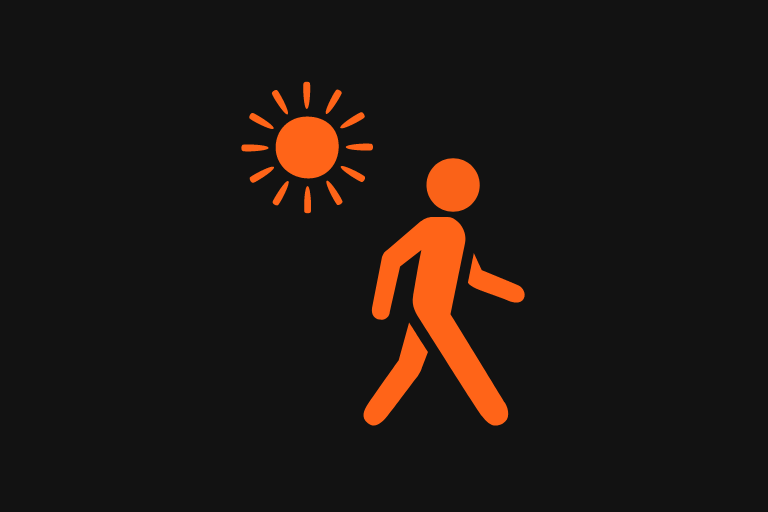
Lifestyle factors will likely be even more important for building muscle after 40, compared to when you were younger. When we are younger we can get away with more and still build muscle, even when things like sleep, recovery, and nutrition may not be dialed in that well.
Manage stress
As mentioned previously we may have more stress in our lives in our 40’s, and so managing stress is more important than ever if we are looking to maximize the results we are likely to achieve in the gym. Including things in your life that mitigate stress as much as possible is a good idea, and this is also important for our general health as well as mental health and well-being.
prioritize sleep and recovery
Prioritizing sleep and recovery are vital for building muscle after 40. Good sleep hygiene and having a nightly routine can improve sleep quality, which can often get worse the older we get. Active recovery can also be beneficial, such as performing some mobility and myofascial release work on non-training days, rather than simply doing nothing. Things like regular massages and saunas can be a great idea also and are some things that may be worth experimenting with.
walk more
Walking more throughout the day is something we recommend for everyone. Being more active throughout the day allows us to consume more calories and nutrients while building muscle, or maintaining our weight, and walking is one of the best ways to achieve this. It is also great for our mental health and gives us valuable time to think over problems and come up with creative solutions. We can also perform other tasks at the same time. 10,000 steps a day is a great number to aim for.
conclusion
Building muscle after 40 and/or maintaining as much muscle mass as possible is one of the best things we can do for our overall health and fitness as well as our body composition as we get older. Adapting our strength training a little can be a great idea, and can allow for continued pain-free progress, and reduce the risk of injuries.
read more articles on building muscle

